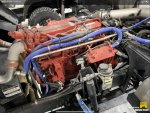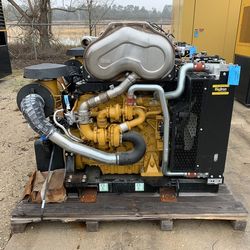coachgeo
Well-known member
- 5,158
- 3,480
- 113
- Location
- North of Cincy OH
good starting point on what STE is and could do
Lots of folk are adding laptops/tablets anyway ... well the Adventure - Expedition Truck folk are... soooooo why not capitalize on this?? waist of time due to little value in output?? software not around anymore?? just didnt cross folks mind to take advantage of it??
Yet another alternator question
hmmm.... value of STE.. is that "not a value" cause folk just are not capitalizing on it? like can you pull an amp signal of STE? Anyway.. that'ss a whole new topic best for another thread .... especially since I'm not sure what the heck STE even is.... (think its about some archaic...
www.steelsoldiers.com
Lots of folk are adding laptops/tablets anyway ... well the Adventure - Expedition Truck folk are... soooooo why not capitalize on this?? waist of time due to little value in output?? software not around anymore?? just didnt cross folks mind to take advantage of it??







